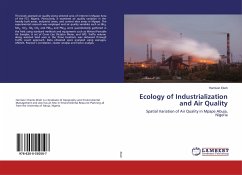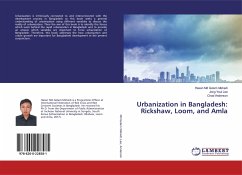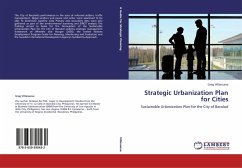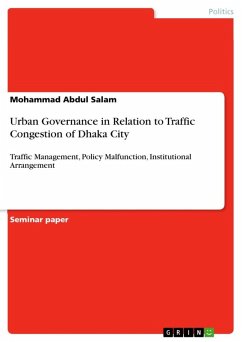Dhaka Municipality, which has been upgraded to DCC, has grown from 6.1 sq. km. in 1906 to 360 sq. km. in 1997 having population from 276033 in 1951 to 6000,000 in 1997 (Islam, 1999; BBS, 1997). In recent years Dhaka City is facing extensive water logging due to unplanned urbanization during the monsoon (May to October) as a regular problem of the city. This study is concern about the inherent causes of such water logging and its effects on the city life from the perception of authorities of different development organizations, experts and local inhabitants of Tejgaon Industrial Area. From the study it is revealed that unplanned spatial development activities and rapid population growth are causing encroachment on retention areas and natural drainage paths. By analyzing the overall situation, this research paper has given some management measure for sustainable urbanization and save natural drainage system and water bodies through development control and a close coordination amongurban authorities and collaboration between public and private sectors agencies.
Bitte wählen Sie Ihr Anliegen aus.
Rechnungen
Retourenschein anfordern
Bestellstatus
Storno








